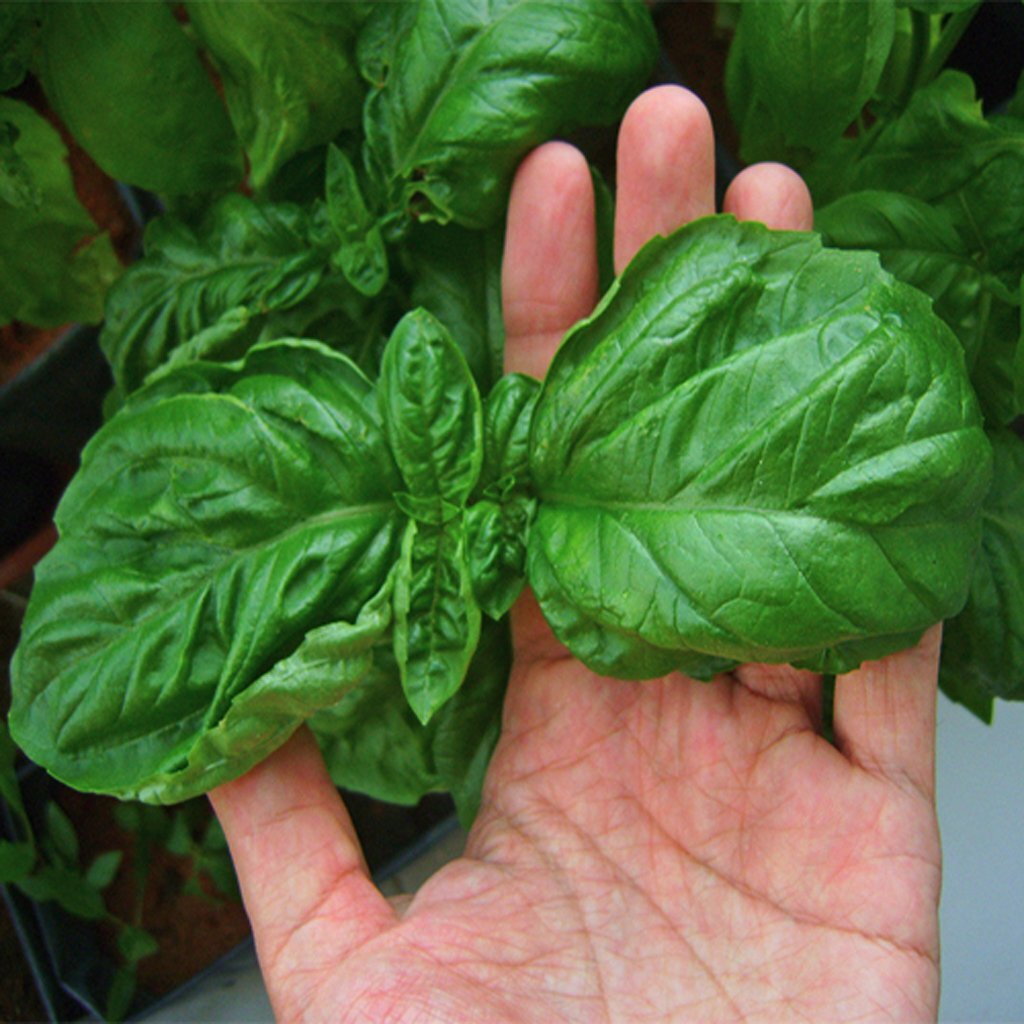My Basil Keeps Dying
We’ve all been there, you’re in the supermarket and stumble upon a Basil plant. You think to yourself $3.99 for unlimited basil goodness, what a pesto bargain! However, keeping it alive for more than 90 seconds outside of the supermarket is mission impossible. Here I’m going to give some top tips for keeping your basil alive.
I’m by no means green fingered, my horticulture experience goes as far as cutting down my tree with hand scissors so as to maximise my tanning opportunity in the garden. Every other plant in the Thomas household wilts and dies in quick succession. The only one that lasted more than two weeks was the Zanzibar Gem, it came with a label ‘thrives on neglect’ - aha! The plant for me…almost - RIP Zanzi.
But I HAVE cracked the code for basil abundance. A lot of time and money went into this process so you don’t have to make the same mistakes I did. Ironically, I got there through all the usual marketing approaches. Focus groups; I spoke to my neighbour Gaye (previous Nursery owner), Penhalluriack's in Caulfield and Bayside Gardenworld. Conducted a lot of desktop research to support my focus group findings and finally, there was a lot of trial and error.
In short, the basil is a high maintenance beast, a gal after my own heart. Below are some tips and processes to tame her:
Step 1) Find the correct environment: Little breezy and fairly sunny
They like wind, so outside is best but not too much wind, same with the sun; they like heat but not scorching so find a spot where it can be shaded in the hottest part of the day. I would recommend in Melbourne’s forever changing weather conditions, keep them safe indoors at a windowsill where there is light breeze coming through. If your windowsill doesn’t get too much light/heat, I would invest in a LED Grow Light to keep it happy and thriving.
Step 2) Repot: Spread the Love
Each individual stem is it’s own plant, which means they’ll crowd each other out over time if left in their supermarket home. What you need to do is separate them, find the strongest and replant them. Natural selection, you could say.
Take the Basil out of the pot and gently break the compost/root-ball into two pieces. It’s going to feel a bit like ripping but that’s ok - just try to handle the compost and roots and not the leaves.
Pull apart the larger, stronger plants for planting into smaller pots and take the smaller ones at the bottom for your next meal. Take each decent basil plant (it will be one basil stem on it’s lonesome but it’s for its own good) and tuck it up into its own pot (toilet rolls work well in a tray if you haven’t got lots of smaller pots) and plant it with any multi-purpose compost will do fine.
Up-cycle your toilet rolls for the perfect basil home.
Step 3) Pinch out the Growing Tips
Once all of your plants are potted up, pinch out the growing tips (the what)?? That means remove the top of the plant down to just above the last leaf node and make yourself a lovely tomato and basil salad! This process will encourage the plant to develop a good root system. It will grow and thrive to triple its capacity of its current state.
Step 4) Water
Keep them well watered and cozy. Try not to dump water on top and feed from the bottom where possible.
To Conclude
Overall, what I have learnt here is although we want to keep things pristine and in their current cosy box and fear breaking it up. It can actually be a much better and thriving approach to your brief response / campaign / project. At ARROW VANE we’re pretty obsessive with our approach to briefs, from serious ideation to reverse brief interrogation, and now I will take even more time to break briefs down to the core, because the outcome can be so much more valuable. Perhaps this could be applied to your next project? Food for thought - pun intended!
Recipes
Some basil inspired recipes below for you - enjoy!:
Cookie & Kate’s How to Make Pesto
Salt & Lavender’s Creamy Pesto Gnocchi




